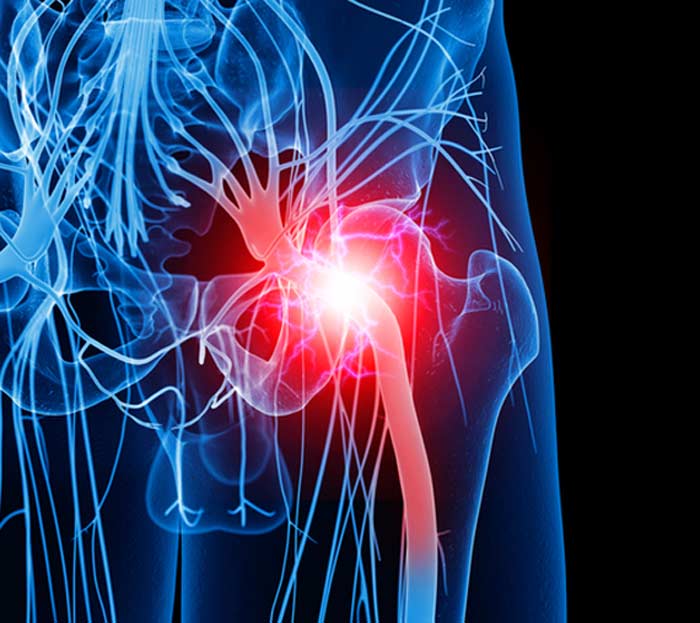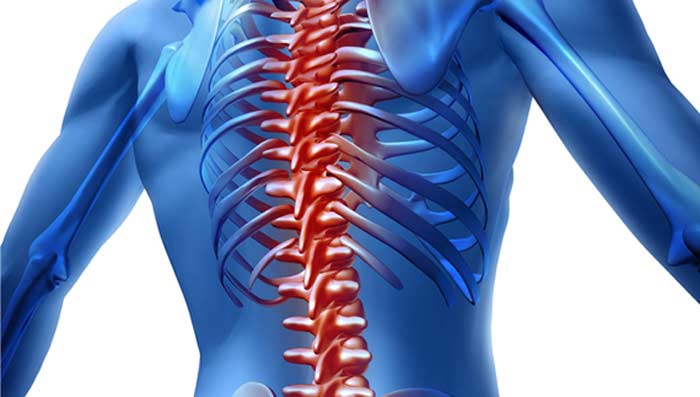
Pain from sciatica ranges from mild and bothersome to severe and debilitating.
The sciatic nerve, the largest nerve in the human body, begins in the lower back region, extends through the buttocks, travels all the way down the back of each leg, and ends at the knee. When this nerve becomes irritated, inflamed, or compressed, sciatica results.
Many people refer to sciatica as a “pinched nerve.” Sciatica itself is not a medical condition; however, it is a symptom of some other irritant along the sciatic nerve pathway.
Signs and Symptoms
Sciatic pain often comes on suddenly and generally affects only one leg. Pain can occur anywhere along this nerve pathway, beginning in the lower back and progressing downward. In severe cases, the pain could reach the lower leg or foot. Symptoms may include a mild aching in the buttock region, hip pain, numbness in the affected leg, or burning or tingling down the back of the thigh.
Severe pain might be described as a jolt, shock, or sharp, stabbing muscle spasm that hinders sitting, standing, and walking. Prolonged sitting, coughing, and sneezing tends to aggravate symptoms. Profound numbness or weakness in the affected leg or the inability to control the bowels or bladder would require immediate medical attention.


Most of the time, sciatica is caused by a herniated disc. In other cases, the sciatic nerve may be compressed by a bone spur in the spinal region. Spinal stenosis (narrowing of the spine), degenerative disc disease (age-related changes), or muscle spasms in the lower back and buttocks region (piriformis syndrome) may also contribute to sciatic pain.
Rare causes include diabetes or nerve compression from a pelvic tumor. Pregnancy and obesity are common risk factors for sciatic pain. Other risk factors include living a sedentary lifestyle, sleeping on a poor mattress, and working in occupations that involve constant lifting and twisting motions.
Diagnosis and Treatment
Often, a diagnosis of sciatica can be determined by looking at symptoms and medical history alone, without the use of more extensive testing. Evaluating the type, quality, and location of the pain is usually all that is needed to confirm the presence of sciatica. If pain is severe and mobility is greatly affected, imaging tests such as X-ray, CT scan, MRI, or nerve conduction studies may be needed.
The goal of treatment is to reduce pain and improve mobility. Practicing good body mechanics, exercising, stretching, maintaining proper posture, and avoiding long periods of sitting and standing often help reduce current symptoms and prevent future flare ups. Lifestyle modifications, along with the proper balance between rest and exercise, is usually all that is needed to improve and resolve sciatica.
If symptoms are severe, chiropractic manipulation, massage, physical therapy, or prescription medications may be needed. Pain medications, anti-inflammatory drugs, or muscle relaxants may be helpful. Cortisone injections in the back may also be effective. In rare cases, surgery may be needed to help permanently repair the source of nerve compression.
